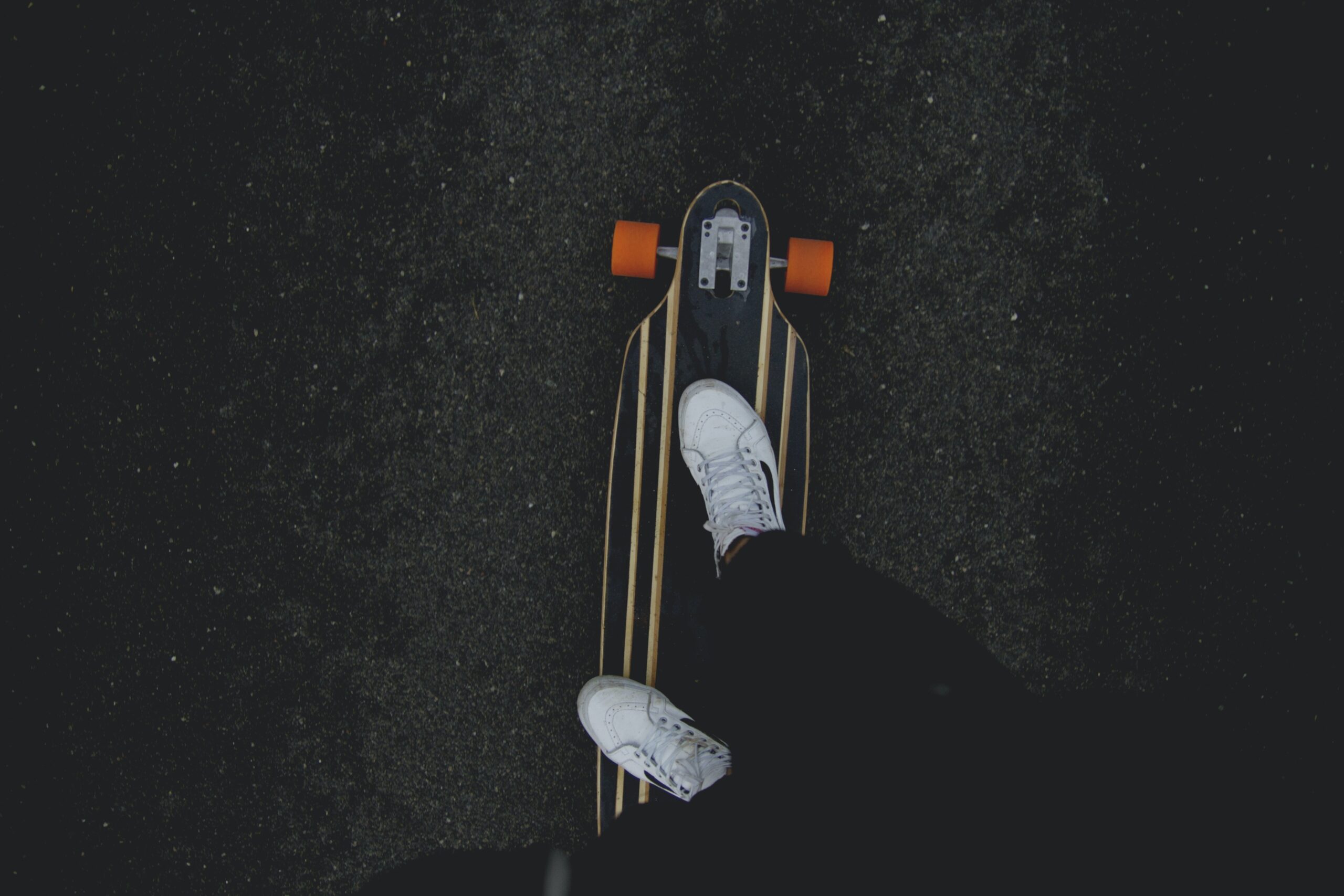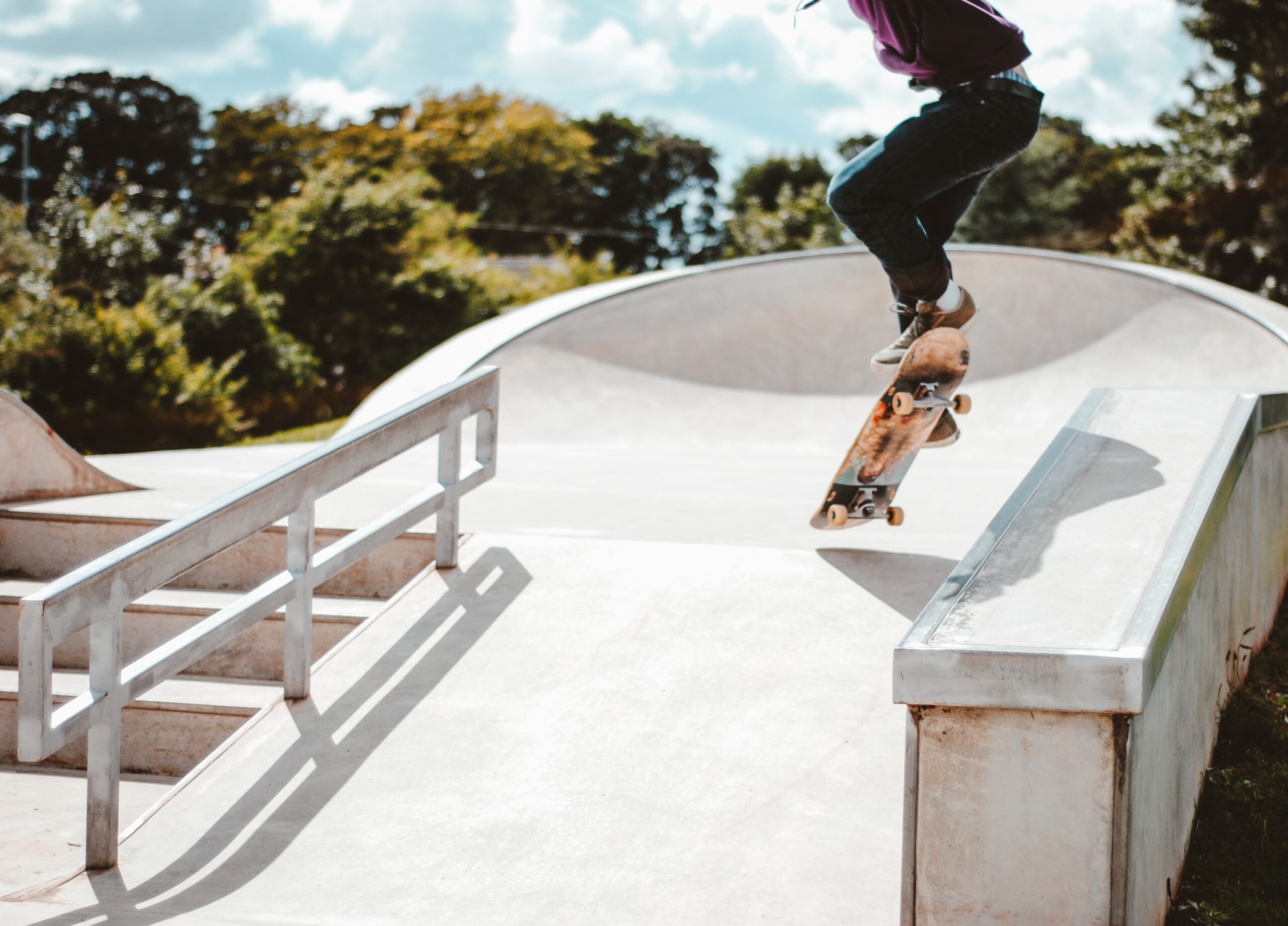If you’re eager to take your skateboarding skills to the next level, mastering noseblunts and nosegrinds is crucial. These tricks require finesse, balance, and precise footwork, but with practice and determination, you can enhance your performance. In this article, we’ll explore some valuable tips and techniques that will help you improve your skateboard noseblunts and nosegrinds, ultimately leading you to become a more confident and skilled skateboarder. So, grab your board, tighten those trucks, and let’s get started!

Proper Foot Placement
Foot Position for Noseblunts
To execute a perfect noseblunt, proper foot placement is crucial. Position your front foot just behind the front bolts, with your toes slightly angled towards the nose of the skateboard. This placement allows you to apply pressure and control your balance during the trick. Your back foot should be placed on the tail, with your toes pointing straight towards the tail. This positioning provides stability and helps generate the necessary pop for the trick. Experiment with slight adjustments to find the foot placement that feels most comfortable for you.
Foot Position for Nosegrinds
Nosegrinds require a slightly different foot position compared to noseblunts. For this trick, place your front foot slightly closer to the nose than in a noseblunt. Your toes should be angled towards the nose, allowing you to lock into the grind. Similar to a noseblunt, your back foot should be positioned on the tail, toes pointing straight towards the tail. This balance of foot placement will help you maintain control and balance while sliding along the ledge or rail.
Body Positioning
Upper Body Position
Maintaining proper upper body positioning is key to executing clean and stylish noseblunts and nosegrinds. Keep your shoulders square and facing forward, parallel to the direction you are riding. This position helps you maintain stability and control throughout the trick. Additionally, keep your arms relaxed and comfortable, allowing for natural movement and balance.
Lower Body Position
Your lower body plays a significant role in maintaining balance and control during noseblunts and nosegrinds. Bend your knees slightly to lower your center of gravity and increase stability. This position allows you to absorb any impacts and adjust your weight distribution as needed. Keep your back straight and your core engaged to enhance overall balance and control.
Mastering Balance and Control
Weight Distribution
Proper weight distribution is essential for both noseblunts and nosegrinds. As you approach the obstacle or feature, shift your weight slightly towards your front foot to initiate the trick. Once locked into the grind or slide, evenly distribute your weight between your front and back foot to maintain balance. Adjust the distribution as needed to prevent tipping forward or backward, ensuring a smooth and controlled execution.
Maintaining Balance
Maintaining balance throughout the duration of a noseblunt or nosegrind is crucial to land the trick successfully. Focus on keeping your body centered over the skateboard, with your weight distributed evenly. Make slight adjustments with your body and feet to counterbalance any wobbling or shifts in weight. As you gain more experience, you’ll develop a better sense of balance and be able to maintain it effortlessly.
Improving Timing
Approach Speed
Timing and speed are essential elements of noseblunts and nosegrinds. Approach the obstacle or feature at an appropriate speed to ensure you have enough momentum to execute the trick smoothly. Too much speed can make it difficult to control your board, while too little speed may result in an unsuccessful attempt. Practice different approach speeds to find the right balance that allows you to execute the trick comfortably and confidently.
Timing the Pop
The timing of the pop is crucial for executing noseblunts and nosegrinds with precision. As you approach the ledge or rail, shift your weight onto your back foot and prepare to pop the board. The timing of the pop is crucial, as it determines how well you lock into the grind or slide. Aim to pop the board just as your front wheels reach the edge of the obstacle, allowing for a smooth transition into the trick.

Mastering the Pop
Proper Pop Technique
Mastering the pop is essential for executing noseblunts and nosegrinds. To achieve a successful pop, focus on utilizing your back foot to generate upward force on the tail of the skateboard. As you shift your weight onto the tail, apply pressure with your back foot to initiate the pop. This technique will create the necessary upward motion required to lock into the grind or slide.
Popping Mechanics
Understanding the mechanics behind the pop can greatly improve your noseblunts and nosegrinds. When popping, remember to let the nose of the skateboard rise naturally as your back foot applies pressure to the tail. Avoid forcefully slamming the tail into the ground, as this can lead to an unstable pop. Practice the motion repeatedly to develop a consistent and controlled pop that sets you up for a successful trick.
Grinding Techniques
Locking in the Nosegrind
Locking into a nosegrind requires precise foot placement and balance. As you approach the obstacle or feature, make sure your front foot is angled towards the nose and positioned slightly behind the front bolts. As you reach the ledge or rail, focus on shifting your weight onto your front foot and using your toes to apply pressure. This combination of foot placement and weight distribution will help you lock into the grind smoothly and maintain control throughout.
Finding the Right Angle
Finding the right angle for noseblunts and nosegrinds can significantly impact your success with the trick. Experiment with different angles to find the one that feels most comfortable and allows for a smooth slide or grind. Some skateboarders prefer a slightly angled approach, while others find success with a more parallel approach. Take the time to explore different angles and determine which works best for your style and preferences.

Practice Drills
Noseblunt Sliders
To improve your noseblunt technique, incorporate noseblunt sliders into your practice routine. Find a ledge or rail that allows you to lock into a noseblunt and slide along it. Focus on maintaining balance and control throughout the slide, paying attention to your foot placement and weight distribution. Start with shorter slides and gradually increase the distance as you gain confidence and mastery of the trick.
Nosegrind Reverts
Nosegrind reverts are an excellent way to enhance your nosegrind skills and add style to your tricks. Execute a nosegrind and, as you approach the end of the obstacle or feature, shift your weight slightly towards your back foot and pivot the board 180 degrees. Land with your weight evenly distributed, allowing for a smooth transition out of the grind. Practice this motion repeatedly to develop consistency and fluidity in your nosegrind reverts.
Utilizing Obstacles and Features
Curbs and Ledges
Curbs and ledges are great practice features for noseblunts and nosegrinds. Start with smaller curbs and ledges to familiarize yourself with the techniques and mechanics of the tricks. Focus on finding the right foot placement, weight distribution, and timing to execute the noseblunt or nosegrind successfully. As you gain confidence, progress to larger curbs and ledges to challenge yourself and further refine your skills.
Rails and Boxes
Rails and boxes offer additional opportunities to improve your noseblunts and nosegrinds. Start with lower rails and boxes to build confidence and develop proper technique. Pay attention to foot placement, balance, and timing as you slide or grind along the feature. As you become more comfortable, gradually progress to higher rails and longer boxes to challenge yourself and expand your skill set.

Analyzing and Learning from Pros
Watching Professional Skateboarders
One of the most effective ways to improve your noseblunts and nosegrinds is by watching and studying professional skateboarders. Observe their technique, foot placement, body positioning, and overall execution of the tricks. Pay attention to the small details and nuances that contribute to their success. Watching professionals can provide valuable insights and inspiration that you can incorporate into your own skateboarding style.
Study Footage and Tutorials
In addition to watching professionals, studying footage and tutorials dedicated to noseblunts and nosegrinds can be immensely beneficial. Online platforms such as YouTube offer a wide range of instructional videos that break down the skills and techniques required for specific tricks. Take the time to watch these tutorials, analyze the demonstrations, and implement the tips and advice provided. Practice the suggested drills and exercises to strengthen your skills and improve your overall performance.
Safety and Protective Gear
Helmets and Pads
Skateboarding can be a physically demanding sport, so prioritizing safety is crucial. Wearing a helmet is highly recommended to protect your head from potential injuries. Additionally, consider wearing knee pads, elbow pads, and wrist guards to safeguard your joints and limbs during falls. Investing in proper protective gear not only reduces the risk of injury but also provides peace of mind, allowing you to focus on improving your noseblunts and nosegrinds.
Proper Safety Measures
In addition to wearing protective gear, there are other safety measures you should take while practicing noseblunts and nosegrinds. Always skate in areas specifically designated for skateboarding to minimize the risk of accidents with pedestrians or vehicles. Be aware of your surroundings and avoid obstacles or features that may pose a danger. Warm-up properly before each practice session to prepare your muscles and joints for the physical demands of skateboarding. Lastly, listen to your body and take breaks when needed to prevent fatigue and reduce the chance of injury.
By following the tips and techniques outlined in this comprehensive article, you can improve your noseblunts and nosegrinds over time. Remember to practice consistently, stay patient, and have fun while pushing your limits. With dedication and perseverance, you’ll be able to master these tricks and add a touch of style to your skateboarding repertoire.

